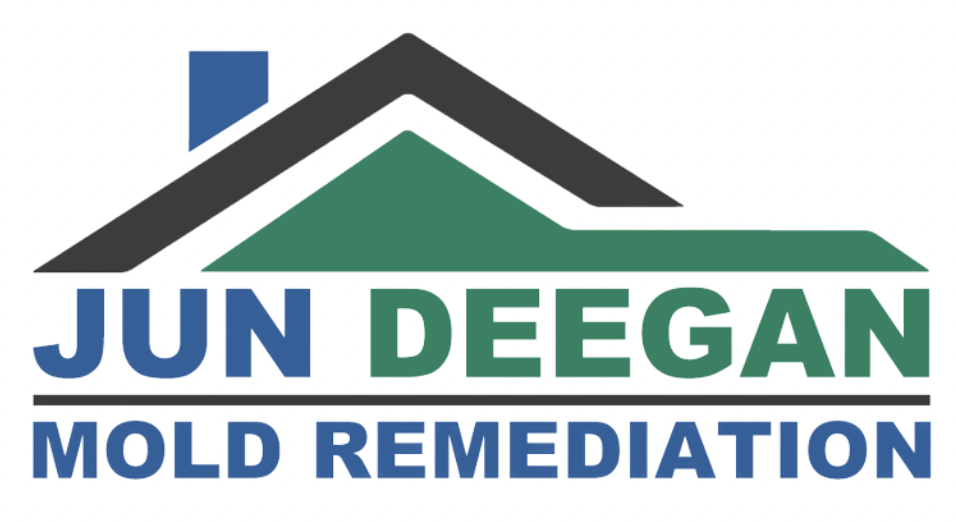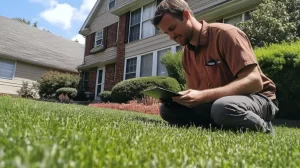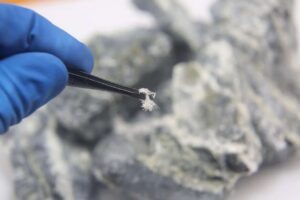If you’re planning to sell your home in New Jersey, one of the most important tasks is ensuring it’s in top condition for potential buyers. While you may think about things like curb appeal and staging, one issue that’s often overlooked is mold.
Protect your NJ home from mold, Mold can have a serious impact on both the value of your property and your ability to sell it quickly. Not only is mold unsightly, but it can also cause health concerns, which can deter buyers. Fortunately, there are steps you can take to protect your home from mold before listing it on the market.
In this blog post, we’ll cover practical steps to prevent mold growth in your New Jersey home, helping you protect its value and appeal before selling.
Why Mold is a Problem When Selling Your Home
Mold growth in a home can significantly affect its marketability. Many buyers are cautious when it comes to mold, especially since mold can lead to structural damage, health issues, and costly repairs. Furthermore, if mold is present, it could raise red flags for home inspectors, which may lead to a drop in the sale price or, in some cases, the cancellation of the sale altogether.
New Jersey’s humid climate, combined with occasional flooding or water leaks, makes homes in the area particularly susceptible to mold. The sooner you address potential mold issues, the less likely they will interfere with your home sale. In this post, we’ll provide some preventive steps you can take to avoid mold issues and protect your home’s value.
1. Fix Any Existing Water Leaks
The first and most important step in preventing mold growth is addressing any sources of moisture. Mold thrives in damp, humid environments, so eliminating any water leaks is crucial to preventing mold from forming in the first place.
Inspect the following areas for leaks:
- Roof: Check for any damaged or missing shingles that could allow water to seep into your home.
- Pipes: Look for leaks around pipes under sinks, in bathrooms, and in basements or crawl spaces.
- Windows: Ensure that window seals are intact and there are no gaps that might allow water to enter.
- Basement and Crawl Spaces: Inspect these areas for leaks or signs of moisture accumulation. These are some of the most common places for mold growth.
Take action immediately to repair leaks, as even a small amount of moisture can lead to mold growth over time. Remember, mold can begin to grow within 24 to 48 hours after exposure to water.
2. Ensure Proper Ventilation
Proper ventilation helps keep moisture levels in check, which is essential for preventing mold growth. Without sufficient airflow, moisture can accumulate in certain areas of the home, creating an environment where mold can thrive.
Consider these tips for improving ventilation:
- Install or Repair Exhaust Fans: In areas like bathrooms and kitchens, exhaust fans help remove excess moisture. Make sure these fans are working properly.
- Use a Dehumidifier: Particularly in areas like basements or areas with high humidity, a dehumidifier can help maintain low moisture levels.
- Open Windows: On dry, sunny days, open windows to promote airflow throughout the house. This will help air circulate and reduce humidity levels.
If you have areas like attics or basements with poor ventilation, consider installing additional vents to help moisture escape.
3. Address Existing Mold Problems
If you discover mold before listing your home, it’s crucial to address it immediately. Ignoring mold issues could cause them to worsen over time, and potential buyers may be wary of a home with visible mold or even hidden mold problems. Not only does mold create a health risk, but it can also leave a musty odor that’s hard to remove.
Take the following steps if you spot mold:
- Remove Visible Mold: For small, surface-level mold issues (under 10 square feet), you can remove mold yourself using cleaning solutions like bleach or vinegar. However, for larger infestations, it’s best to contact a professional mold remediation service.
- Hire a Professional Mold Remediation Service: If mold has spread extensively or if you’re unsure about how to handle it, a professional remediation service will be able to properly assess the issue and remove the mold. They also address the underlying causes of the mold and ensure that it doesn’t return.
Addressing the mold problem upfront will not only improve the air quality in your home but also give potential buyers peace of mind, knowing they won’t inherit mold-related issues.
4. Improve Drainage Around Your Home
Proper drainage is essential to prevent water from collecting around the foundation of your home, which can lead to moisture infiltration and mold growth. To improve drainage around your home, consider these steps:
- Clear Gutters and Downspouts: Ensure that gutters and downspouts are free of debris and functioning properly. Clogged gutters can lead to water overflow, which can seep into your home’s foundation.
- Install or Repair French Drains: French drains can direct water away from your home’s foundation and prevent pooling around the base of the house.
- Grade the Landscape: Ensure that the ground around your home slopes away from the foundation. This will prevent water from collecting near your walls and causing moisture issues.
Taking the time to improve drainage will help prevent water from accumulating around your home, thus reducing the risk of mold growth.
5. Control Indoor Humidity Levels
Humidity plays a significant role in mold growth, so controlling the moisture levels inside your home is essential. Humidity levels should stay between 30% and 50% to prevent mold growth. If your home has consistently high humidity, consider the following steps:
- Use a Hygrometer: This tool measures the humidity levels in your home. If the levels are too high, you’ll know it’s time to take action.
- Install a Whole-House Dehumidifier: For homes in high-humidity areas, a whole-house dehumidifier can help maintain appropriate moisture levels throughout the house.
- Ventilate Damp Areas: Make sure basements, bathrooms, and kitchens are adequately ventilated to remove excess moisture.
By controlling indoor humidity, you’ll create a less hospitable environment for mold to grow.
6. Inspect and Maintain HVAC Systems
HVAC systems play a critical role in managing your home’s air quality and humidity levels. If they aren’t properly maintained, they can contribute to mold growth.
- Clean Air Ducts: Over time, dust and debris can accumulate in air ducts, creating a breeding ground for mold. Clean the ducts regularly to ensure proper airflow and air quality.
- Replace Air Filters: Replace air filters regularly to prevent dust and mold spores from circulating in your home.
Maintaining your HVAC system not only improves indoor air quality but also helps control moisture and mold growth.
7. Schedule a Professional Mold Inspection
Protect your NJ home from mold before listing your home, it’s a good idea to schedule a professional mold inspection. A trained mold inspector can thoroughly examine your property and detect any hidden mold issues that might not be visible to the naked eye. If they find any mold, they can recommend the appropriate steps for remediation.
Getting a professional inspection ensures that your home is mold-free and will pass any future inspections by potential buyers.
Conclusion: Protect Your Home from Mold Before Selling
Taking the right steps to protect your New Jersey home from mold before listing it will not only help you avoid costly repairs but also improve your chances of selling it quickly. By addressing moisture problems, removing mold, and maintaining your property’s air quality, you can present your home as a mold-free, healthy space that buyers will appreciate.
Contact Details
Are you preparing to sell your home in New Jersey? Contact a professional mold inspection service today to ensure your property is mold-free and ready for sale. Don’t wait until mold affects your home’s value—act now to protect your investment!
For more information or to schedule an inspection, contact us at:
Phone: 908-322-1533
Email: info@jun-deegan-mold-remediation.com
Website: Jun Deegan Mold Remediation



